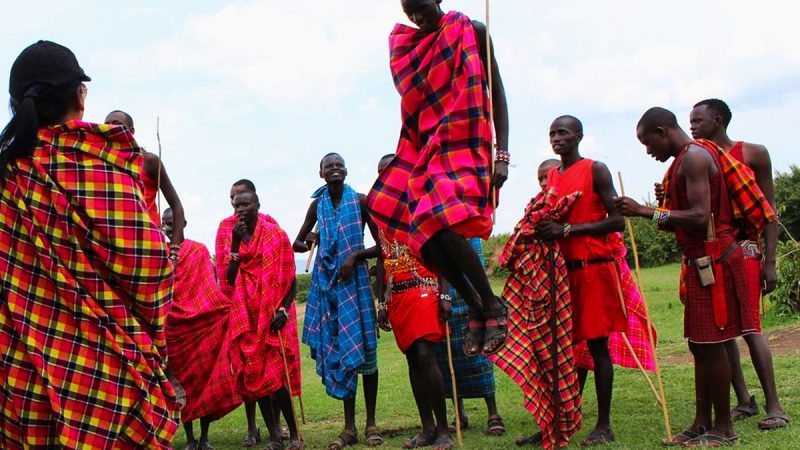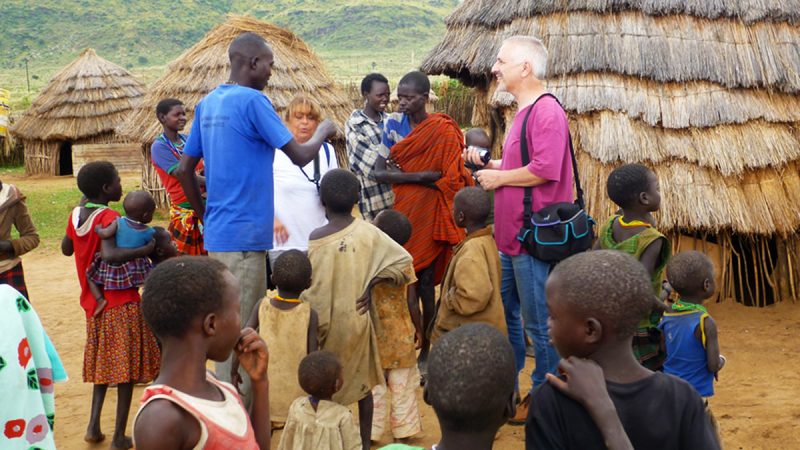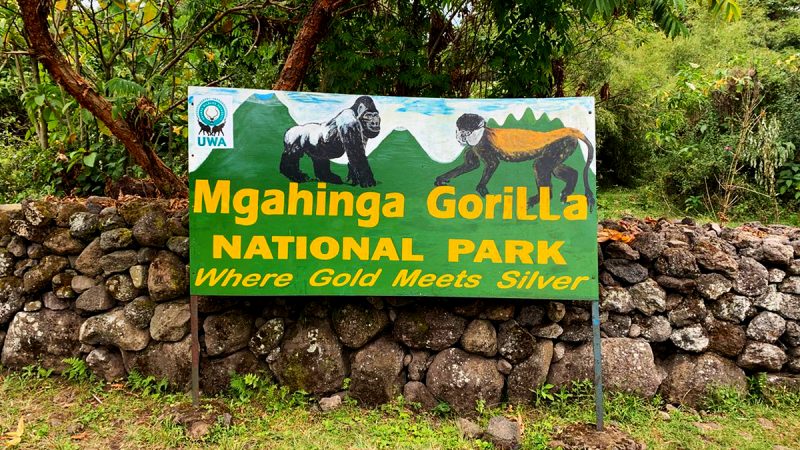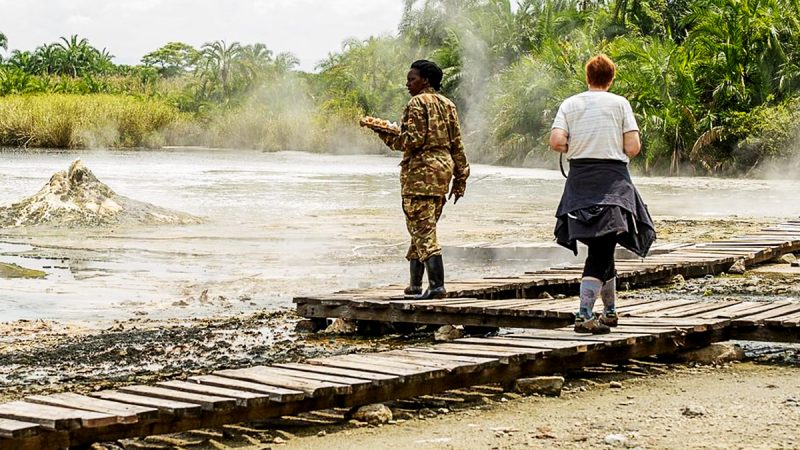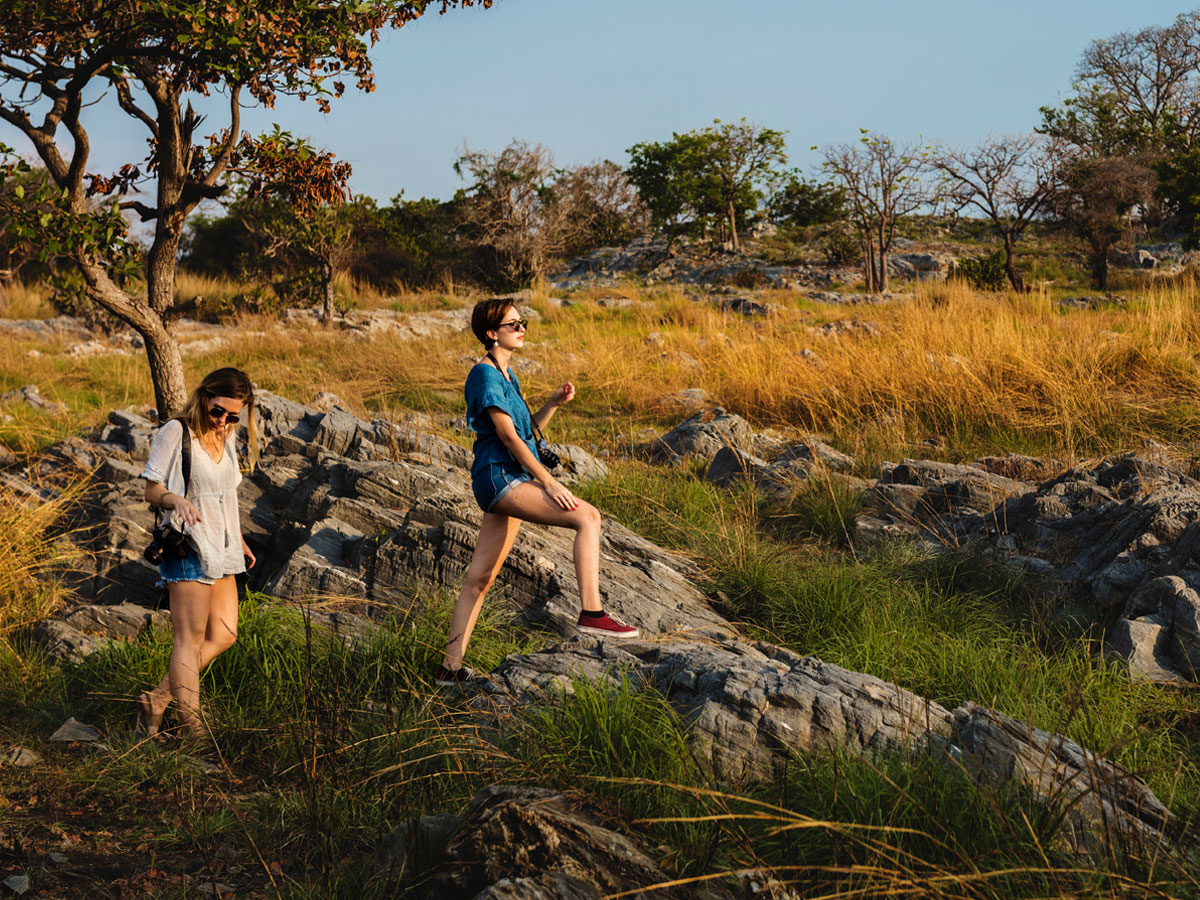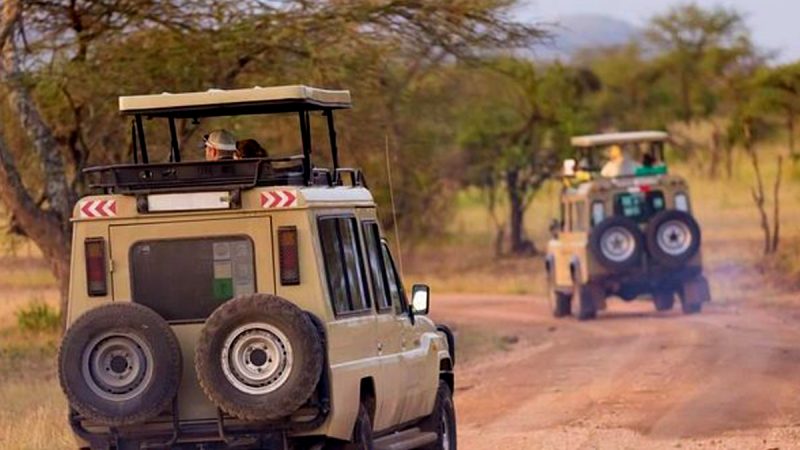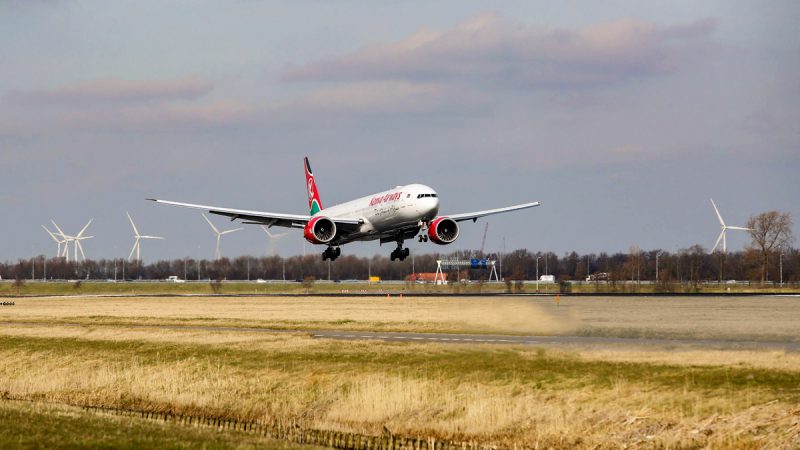There is no specific time appropriate and excellent to travel to East Africa (Kenya, Uganda, Rwanda, Burundi, Tanzania and South Sudan) since it offers a lot of fascinating pleasures depending on each person’s desire in each season. However the most desirable time in East Africa when it’s at its best is in the months of June to early October when you’re conscious of when to avoid the rainy seasons.
East Africa has three seasons in a year; that is two rainy seasons and one dry season however these vary country to country.
The two rainy seasons
These are usually called the green seasons because the crater is lush and green, the trees are in full flush and flowers bloom across the landscape, it’s refreshing with renewal of nature, wild life, primates and birds. There are better prices since it’s a little less expensive than in the dry season, there are special offers offered like a combination of camps/lodges with significant savings built in and it’s less crowded.
Late October to March, we expect warm and pleasant temperatures of average high 24OC/75oF and average low of 15oC/59oF with scattered rains and however there are often heavy rains in early November and March to May. This gives a traveller a great opportunity to viewing game reserves and gorilla trekking especially in Zanzibar, Uganda and Rwanda.
It’s usually January and February the best time of the year to climb Africa’s highest peak; mountain Kilimanjaro and in terms of bird life, a lift valley lake is at its peak, lake Nakuru with thousands of flamingos gathered around creating a pink mass around the lake.
March, April and May however much there are heavy rains for a few hours every day, they are suitable days to travel for anyone looking towards less crowded places for the popular destinations at cheaper fares especially at lake Manyara and Masai Mara. On the other hand, Southern and central Serengeti and Ngorongoro crater conservation area provide Africa’s best five game viewing. With the first rains, the dramatic skies and the new grass there are synchronised births like for the antelope, springbok, impala, kudu, waterbuck but there is also a big attraction for the predators and those who go on safari to see them.
The dry season
From late June to early October, this is the most popular time to visit east Africa since the visitor’s numbers peak in august, a traveller is expected to book accommodation and tours well in advance, a number of hotel destinations are provided by East Africa with the best accommodation at a fair price, you can look up for them on our site about the Best hotels in East Africa.
It is this time when the water is scare and animals congregate around a permanent water source which makes it easier to see them, it’s easier to navigate through the roads since grass is shorter hence affording better visibility especially if it’s your desire to watch the wildebeest migration where the herd keeps moving in search for food and water.
However, depending on your destination, the dry season has its own draw backs ranging from the intense heat to severe drought. On the other hand, July to September offer the most pleasant weather in East Africa especially along the coast however the weather is mostly dry and sunny which forces animals to gather around at a permanent water. At this time of the year, in the western Serengeti, the wildebeest and zebra herds arrive in the west and Grumeti reserves where they have to cross crocodile infested rivers. There is a lot of struggles and some Jurassic style drama.
Gorilla trekking in Uganda and Rwanda is also inclusive and enormous numbers of animals drawn to life giving Tarangire River in Ngorongoro crater. A number of activities during this period can be done for all those on safari since East Africa is usually at its best.
It’s essential to plan your safari well in advance if you want the best place at the right time to witness the river crossings and the lush and green in East Africa at any time of the year that is especially appropriate and fitted in your budget.




